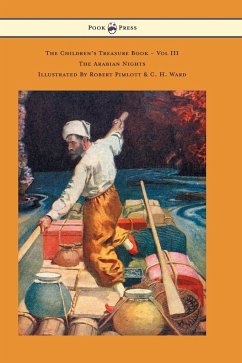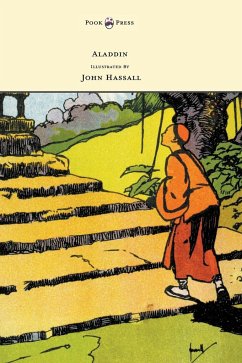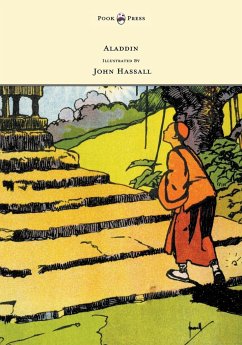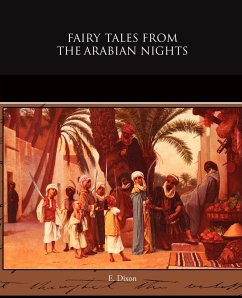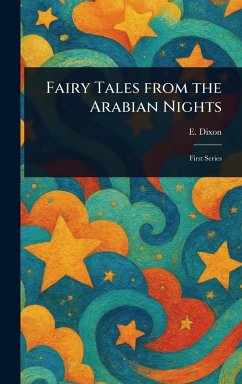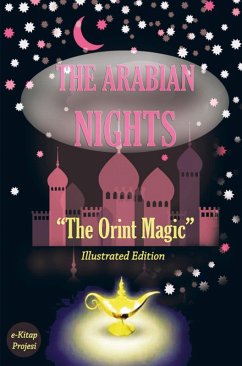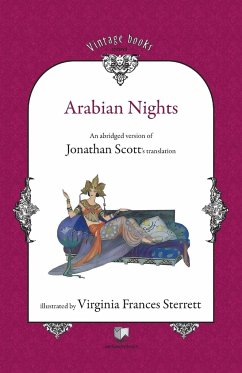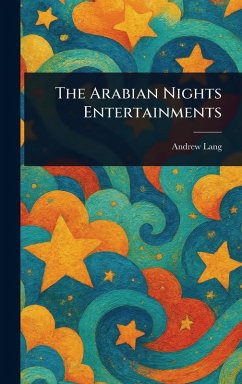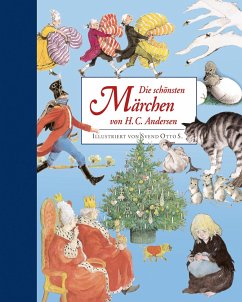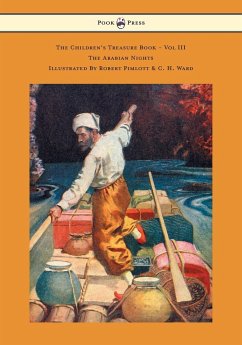
The Children's Treasure Book - Vol III - The Arabian Nights - Illustrated By Robert Pimlott & C. H. Ward
Versandkostenfrei!
Versandfertig in 1-2 Wochen
23,99 €
inkl. MwSt.
Weitere Ausgaben:

PAYBACK Punkte
12 °P sammeln!
Volume three of the Children's Treasure Book contains The Arabian Nights. Tales include: Sinbad the Sailor, The Story of Aladdin and his Wonderful Lamp, The Story of Ali Baba and the Forty Thieves, The Enchanted House, Prince Ahmed and the Fairy Perie Banou, and Prince Camaralzaman and Princess Badoura. The book is profusely illustrated by various different illustrators including Robert Pimlott, C. H. Ward and others. Pook Press celebrates the great Golden Age of Illustration in children's literature. Many of the earliest children's books, particularly those dating back to the 1850s and before...
Volume three of the Children's Treasure Book contains The Arabian Nights. Tales include: Sinbad the Sailor, The Story of Aladdin and his Wonderful Lamp, The Story of Ali Baba and the Forty Thieves, The Enchanted House, Prince Ahmed and the Fairy Perie Banou, and Prince Camaralzaman and Princess Badoura. The book is profusely illustrated by various different illustrators including Robert Pimlott, C. H. Ward and others. Pook Press celebrates the great Golden Age of Illustration in children's literature. Many of the earliest children's books, particularly those dating back to the 1850s and before, are now extremely scarce and increasingly expensive. Pook Press are working to republish these classic works in affordable, high quality, colour editions, using the original text and artwork so these works can delight another generation of children.




